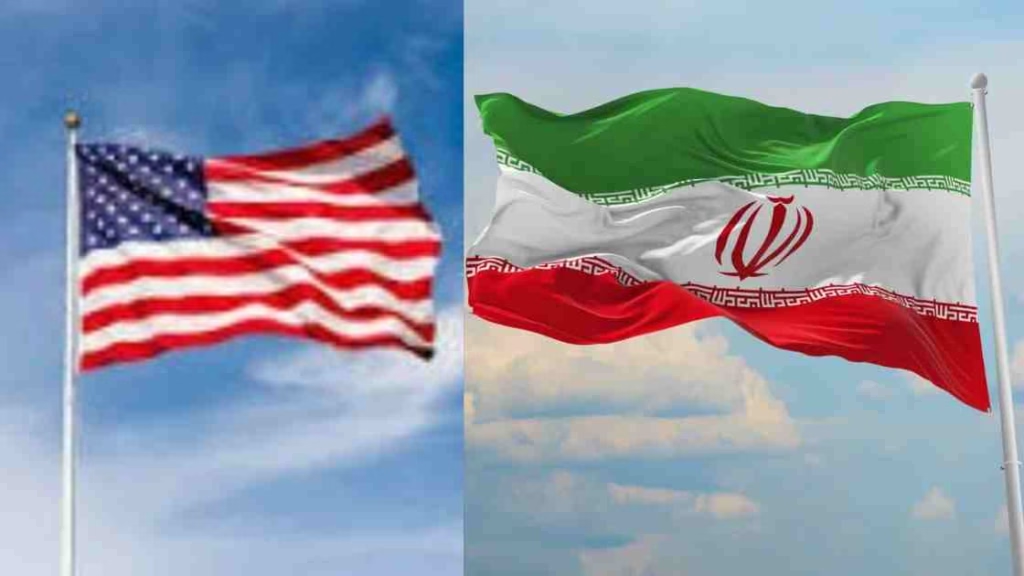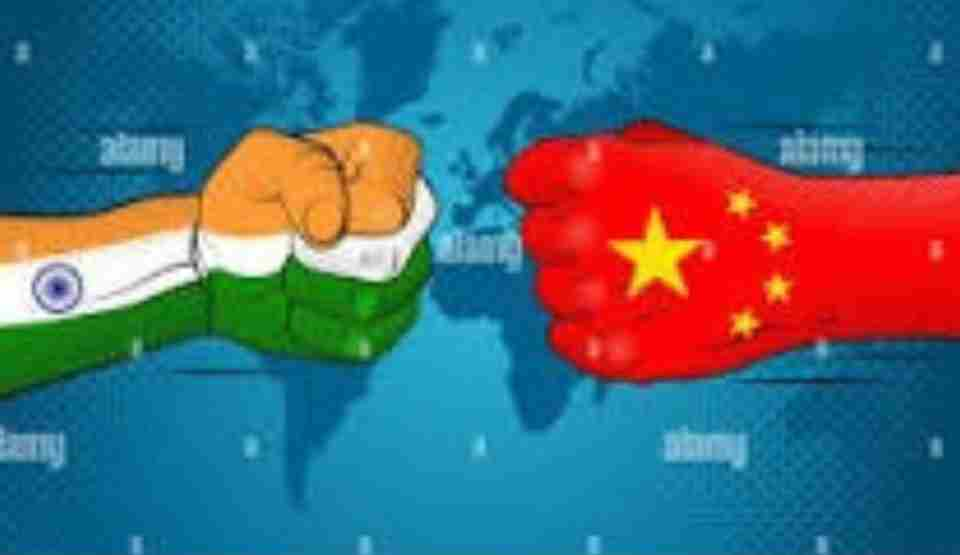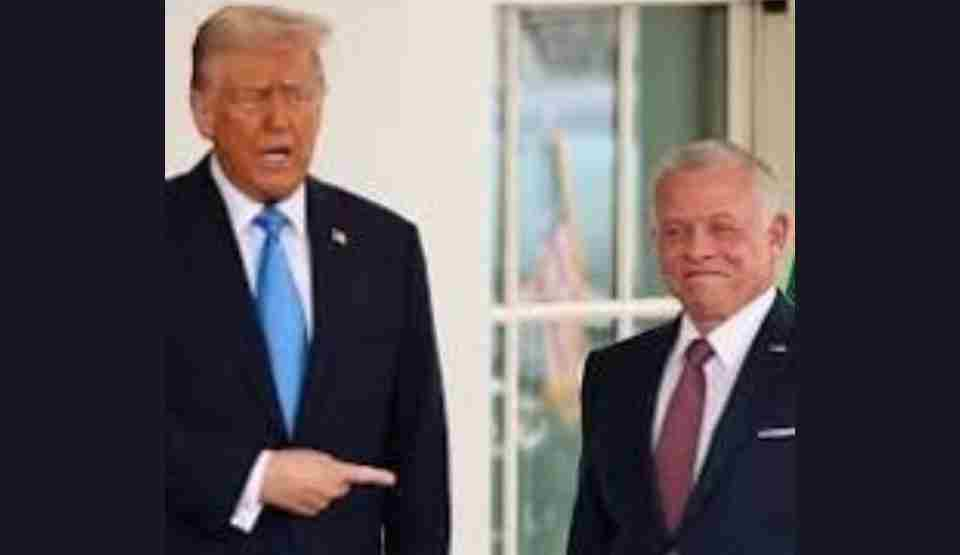Khamenei Dismisses Direct Talks as Demands for Surrender
Iran’s Supreme Leader Ayatollah Ali Khamenei has firmly rejected any possibility of direct negotiations with the United States, characterizing American diplomatic overtures as attempts to force Iranian capitulation. Speaking publicly for the first time since the devastating 12-day conflict with Israel in June, Khamenei addressed a large gathering on Sunday, marking his return to prominent public appearances after weeks of limited visibility.
The Supreme Leader’s extended absence from public view, following Israeli assassination threats, had sparked widespread speculation about leadership stability within the Islamic Republic. This uncertainty came as domestic voices increasingly called for diplomatic engagement with Washington to address Iran’s mounting challenges.
“This person who is currently in charge in the US revealed the essence of their hostility towards Iran — essentially, that they want the Iranian nation and the Islamic republic to surrender,” Khamenei declared, avoiding direct mention of President Donald Trump by name.
Internal Political Tensions
The Supreme Leader’s remarks highlighted growing divisions within Iran’s political establishment. While reformist factions advocate for renewed dialogue with the US, including potential suspension of uranium enrichment activities, hardline elements have pushed back aggressively. Some hardliners have even suggested removing reformist President Masoud Pezeshkian, who won election last year on a platform of diplomatic engagement.
However, Khamenei offered support for Pezeshkian, cautioning against internal discord. “The people should support those who serve the nation, especially the president, who is hardworking and persistent,” he stated, effectively defending the president against hardline critics.
Iranian Foreign Minister’s recent contact with US envoy Steve Witkoff, who reportedly proposed resuming negotiations, underscored the diplomatic possibilities that Khamenei now appears to be foreclosing.

Aftermath of June Conflict
The Iranian public remains deeply affected by the June war with Israel, which resulted in over 1,000 civilian casualties and the deaths of numerous senior Iranian military officials and nuclear scientists. The conflict also saw US participation alongside Israel in strikes against Iranian nuclear facilities.
While active hostilities have ended, no formal ceasefire agreement exists, leaving both sides in a state of uncertainty. Continuing reports of fires and incidents across Iran have fueled public concerns about ongoing covert operations, though authorities deny these claims.
Nuclear Program Standoff
Despite international pressure, Iran shows no signs of scaling back its nuclear activities. The European troika—Britain, France, and Germany—recently conducted telephone discussions with Iran’s foreign minister regarding the potential activation of sanctions “snapback” mechanisms before the October 18 deadline.
This mechanism, embedded in the 2015 nuclear agreement, allows for the automatic reimposition of UN sanctions if Iran fails to comply with nuclear restrictions. October 18 represents the final opportunity to trigger this process, though implementation would require weeks of preliminary steps.
Iran maintains that the original agreement became invalid when the US withdrew unilaterally in 2018 and European partners failed to provide promised sanctions relief. Tehran has suspended cooperation with the International Atomic Energy Agency since the June conflict and rejected any extension of current deadlines.
Ali Larijani, newly appointed secretary of Iran’s Supreme National Security Council, emphasized Iran’s inflexible position: “If we agree today, in six months we will be asked to do the same again. This is not sustainable.”
The standoff continues as diplomatic windows appear to be closing, with Iran’s leadership showing little appetite for the compromises that renewed negotiations would likely require.






